Are you struggling to get your ads in front of the right audience? 🤔
Imagine having a tool that delivers your message directly to users, even when they’re not browsing your site. Sounds powerful, right? 💡
In this detailed guide, we’ll show you how push notifications can boost your click-through rates, drive conversions, and improve overall campaign performance. 📈
Ready to take your advertising game to the next level? 🚀
Keep reading to learn everything you need to know about push ads and how they can help you reach the right audience at the right time. 🎯
Let’s get started! 💥
#1 Choice Propeller Ads
A few months ago, I was looking for a way to improve my advertising strategy, and that’s when I decided to try Propeller Ads for push notifications.
I had heard great things about how push ads can drive higher engagement, but I was unsure how to implement them effectively.
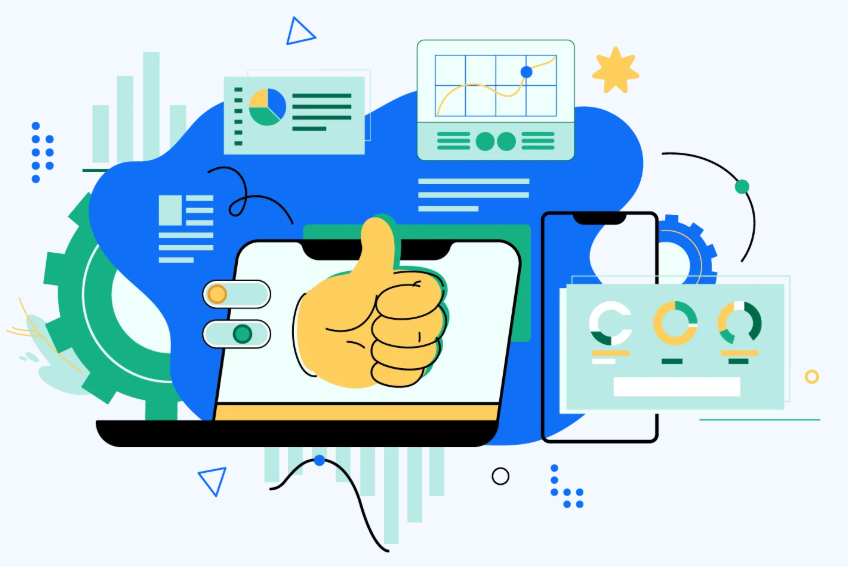
After signing up with Propeller, I was amazed at how easy it was to set up my first campaign.
The targeting options were incredibly detailed, allowing me to reach the right audience with personalized messages. Within just a few days, I saw a significant increase in click-through rates and conversions.
The real-time delivery was a game changer, ensuring my messages reached users even when they weren’t actively browsing my site.
Propeller’s user-friendly interface and robust analytics allowed me to track performance and make quick adjustments.
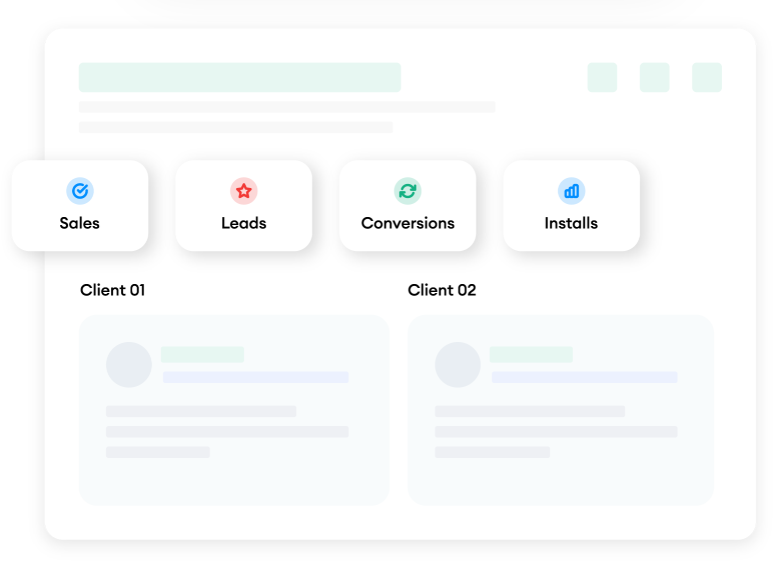
This experience completely changed the way I approach advertising, and I now rely on Propeller Ads for push notifications to consistently drive results.
Easy Steps To Sign Up Your Account In Propeller
These are the few steps that you can follow and set up your account for free.
Step 1. Visit the official site.
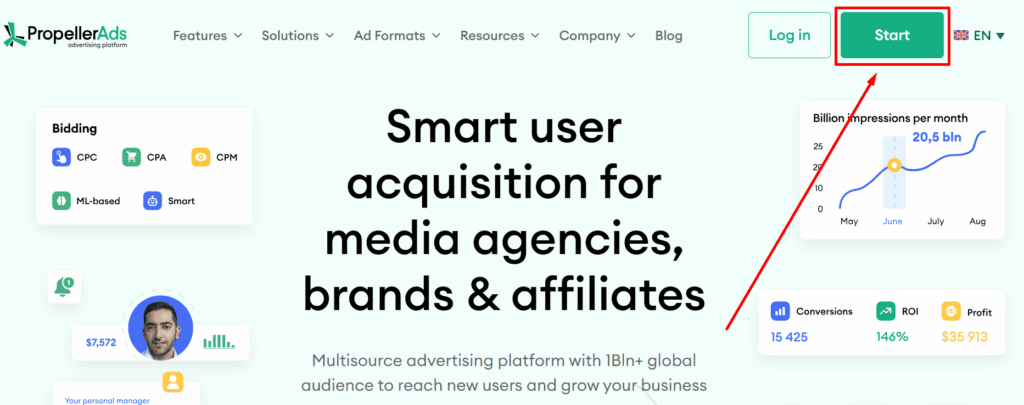
Step 2. Choose the advertisers option.
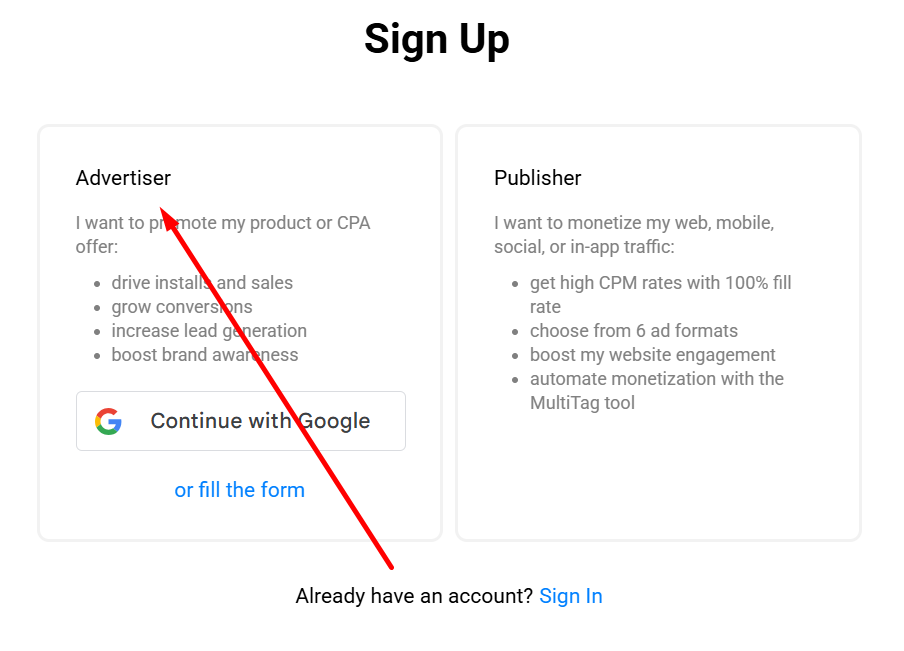
Step 3. Fill up the form.
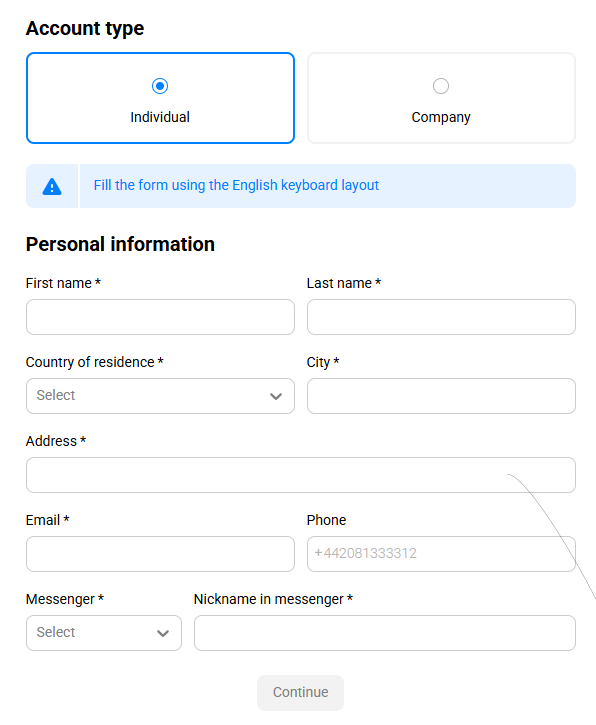
Step 4. Now fill up your experience.
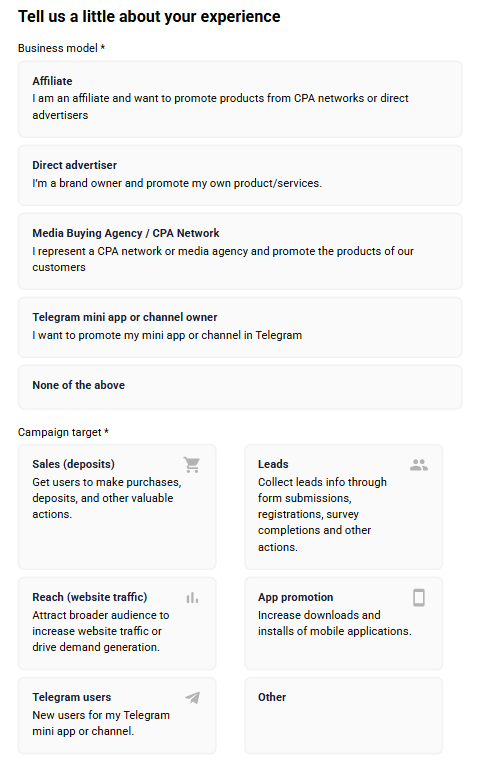
Step 5. Now an activation link will be provided on your Email ID.
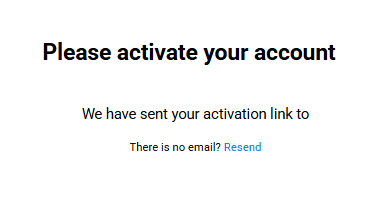
Step 6. After putting up your password your account will be activated.
Why Push Ads Are Important for Advertisers
Push ads are important for advertisers as they offer direct, real-time engagement with users, even when they’re not active on a website or app.
1. High Engagement Rates
Push ads offer a direct and personal way to reach users. Since they appear directly on a user’s screen, even when they’re not actively using a website or app, push notifications have a significantly higher engagement rate compared to traditional display ads.
Research has shown that push ads can have open rates as high as 90%, far surpassing the typical open rate of email marketing or social media ads.
This direct line to users increases the likelihood that your message will be seen and interacted with, resulting in better overall engagement and higher chances of conversion.
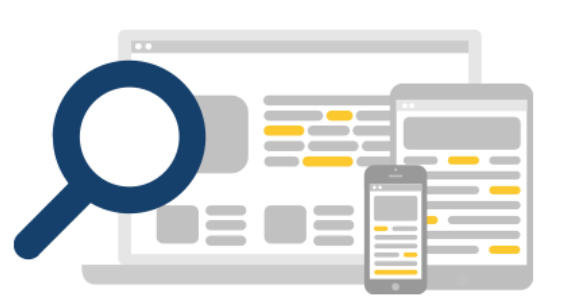
2. Cost-Effective Advertising
Push ads are one of the most cost-effective advertising methods available.
When compared to paid search ads or display banners, push notifications tend to have a much lower cost per click (CPC) or cost per thousand impressions (CPM).
The effectiveness of push ads doesn’t rely on impressions, but rather on direct engagement, which means you’re not paying for passive views but for actual clicks or actions.
This makes them an ideal choice for advertisers working with limited budgets or those looking to scale campaigns without significant upfront costs.
3. Instant Visibility
One of the most significant advantages of push ads is their ability to deliver your message instantly to users.
Unlike other forms of advertising, which might only be visible when a user is actively engaging with your website or social media platforms, push ads are delivered directly to the device. Whether a user is browsing another website, scrolling through social media, or even when their phone is locked, your ad will be visible on their screen.
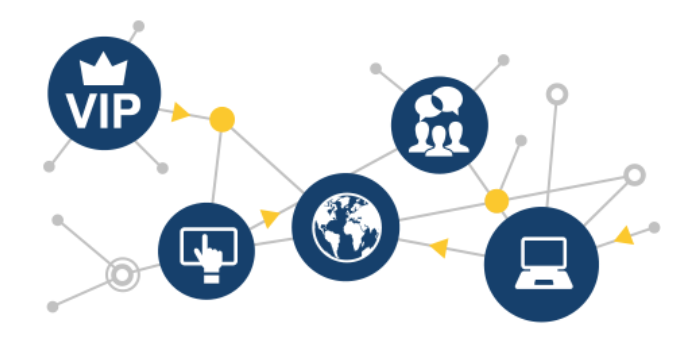
This immediate visibility ensures that your message reaches users in real-time, making it highly effective for time-sensitive promotions like flash sales, limited-time offers, or event reminders.
4. Better Targeting Capabilities
Push ads provide advertisers with a variety of targeting options, which makes them more effective at reaching the right audience.
You can target users based on various criteria, including demographics (age, gender), location, device type (mobile vs. desktop), time of day, and even user behaviors such as previous actions or purchases.
This granular targeting allows advertisers to deliver highly relevant messages to the most appropriate audience.
For instance, if a user has shown interest in a particular product or service in the past, you can send them a push notification with a personalized offer or reminder, improving the chances of conversion.
5. Retargeting Opportunities
Push ads excel at retargeting, which is essential for recovering users who have shown interest in your business but didn’t convert.
With push notifications, you can create campaigns that target users who have previously interacted with your website or app, reminding them about abandoned carts, previously viewed items, or offers they missed.
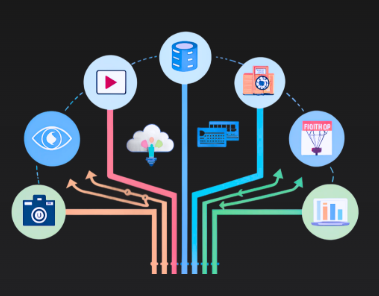
By retargeting users in this way, you can nudge them back into your sales funnel and encourage them to complete the action you want—whether it’s making a purchase, signing up for a newsletter, or engaging with your content again.
6. Increased Conversion Rates
Push notifications are designed to drive action. Because they deliver your message directly to users’ screens, they’re more likely to be noticed and acted upon.
Push ads have been shown to have significantly higher conversion rates compared to traditional banner ads or social media ads. The immediacy of push ads, combined with personalized offers and clear calls-to-action (CTAs), drives users to take quick action.
Whether you’re offering a discount, new product announcement, or limited-time deal, the urgency and directness of push ads increase the likelihood that users will convert—leading to higher sales and revenue.
7. Seamless Integration with Other Channels
Push ads can work harmoniously alongside other marketing channels to provide a consistent, unified message across multiple platforms.
For example, you can integrate your push ad campaigns with email marketing, SMS, or even social media ads. By reaching users through multiple touchpoints, you can reinforce your brand’s message and create a more cohesive customer experience.
Additionally, push ads can support and complement other campaigns, such as email follow-ups, remarketing ads, and time-sensitive offers.
This integration allows advertisers to build a more comprehensive and effective marketing strategy.
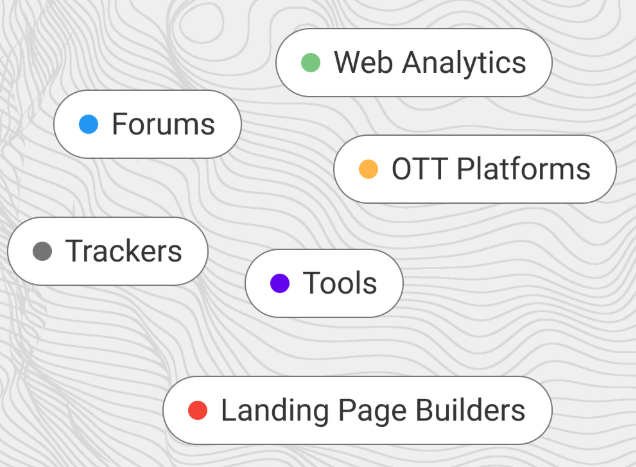
8. Non-Intrusive Advertising
Unlike pop-up ads, video ads, or autoplaying media that can interrupt the user experience, push ads are non-intrusive.
Users actively opt-in to receive these notifications, which means they’ve already expressed interest in hearing from your brand. Because of this, push ads are seen as less invasive compared to other ad formats, making them more likely to be well-received by the audience.
Users can also control how often they receive push notifications or can unsubscribe if they no longer want to receive them.
This user-centric control improves the overall perception of your ads, fostering a more positive relationship with your audience.
9. Enhanced Brand Recall
Push ads, by their nature, keep your brand in front of users even when they aren’t actively engaging with your website.
This continuous exposure helps improve brand recall. Users will start associating your brand with timely, relevant notifications, leading to stronger brand recognition. The more often users see your push notifications, the more likely they are to remember your brand the next time they need your product or service.
This makes push ads a powerful tool for building long-term brand awareness and customer loyalty.
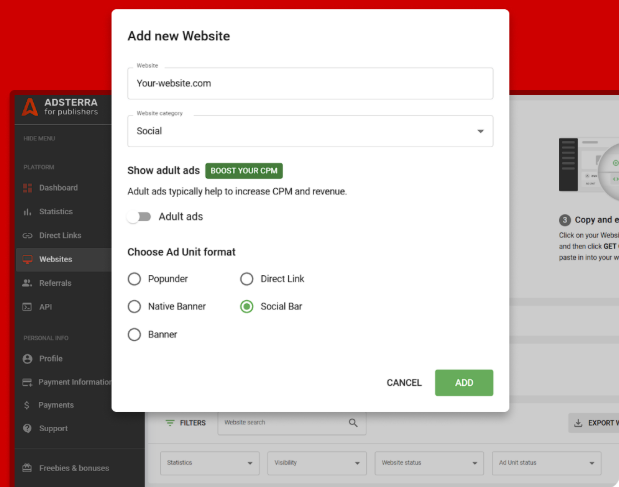
10. Real-Time Analytics for Optimization
One of the best features of push ads is the ability to track their performance in real-time. With instant feedback on metrics such as open rates, click-through rates (CTR), conversions, and user engagement, advertisers can quickly analyze how well their push campaigns are performing.
This data allows for fast adjustments to targeting, timing, creative elements, or messaging. For instance, if a push ad isn’t performing well, you can tweak the copy, adjust the call-to-action, or even retarget a different segment of your audience.
This flexibility and data-driven approach enable advertisers to optimize campaigns continuously, ensuring the highest possible ROI.
How Does Push Works For Advertisers?
Push ads work for advertisers by delivering targeted messages directly to users’ devices, whether they are actively browsing the website or not. Here’s a detailed breakdown of how push ads function:
1. Opt-In Process
Push ads require users to opt-in before receiving notifications. This usually happens when they visit a website or download an app and are prompted to allow notifications. Advertisers need to convince users to opt-in by offering value, such as special offers, updates, or discounts, ensuring they are interested in receiving further communication.
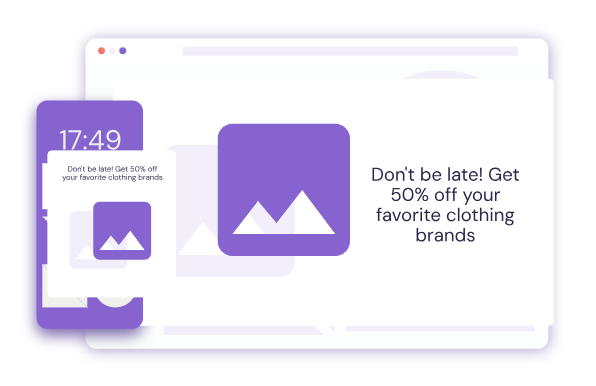
2. Ad Creation and Targeting
Once users opt-in, advertisers can create push ads with engaging content like text, images, and links. These push notifications can be highly customized, allowing advertisers to target specific user segments based on:
- Demographics (age, gender, interests)
- Device type (mobile, desktop)
- Location (geographical targeting)
- Behavior (actions like previous visits, abandoned carts, etc.)
This precise targeting increases the chances of reaching the right audience, making the ads more relevant and effective.
3. Real-Time Delivery
One of the standout features of push ads is their real-time delivery. These ads appear directly on a user’s device, even if they’re not actively using the app or website. Whether it’s a mobile phone or desktop, the push notification pops up instantly, ensuring immediate visibility and prompting users to act right away.
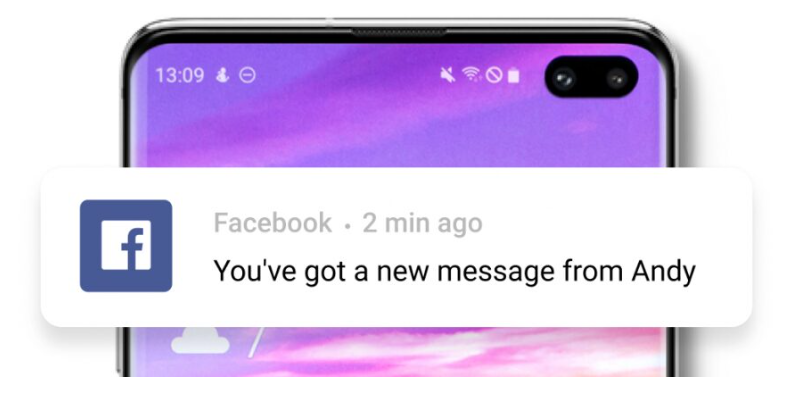
4. User Interaction
When users receive a push notification, they can interact with it by clicking on it. This can take them to a landing page, a product page, a special offer, or any other destination that supports the advertiser’s goals. The direct approach of push ads allows advertisers to drive users to specific actions like purchases, sign-ups, or other conversions.
5. Retargeting Opportunities
Push ads are great for retargeting. Advertisers can send notifications to users who have previously interacted with their website or app but didn’t convert. For instance, if a user abandoned their shopping cart, a push ad can remind them to complete the purchase or offer a discount to incentivize action. This personalized approach makes it more likely that the user will return and convert.

6. Automation
Many push ad platforms support automation. Advertisers can set up automatic push notifications based on specific user actions, such as signing up for an account, making a purchase, or abandoning a cart. Automation allows advertisers to engage users at the right moment without needing to manually send each notification, saving time and effort.
7. A/B Testing
Push ads allow for A/B testing of various elements, such as:
- Headlines
- Call-to-action buttons
- Images or designs
- Timing of notifications

By testing different versions of the ads, advertisers can determine which elements perform best with their audience and refine their campaigns accordingly.
Pros & Cons of Push Ads
| Pros | Cons |
|---|---|
| High engagement with better open rates than other ads. | Too many notifications can lead to user fatigue and opt-outs. |
| Cost-effective with lower CPC compared to other ad methods. | Limited reach as users must opt-in to receive push notifications. |
| Immediate visibility and action with real-time delivery. | |
| Advanced targeting and personalization options for audience segmentation. | |
| Effective for retargeting users who have interacted previously. |
Future of Push Ads For Advertisers
The future of push ads for advertisers looks promising with continued advancements in technology and more innovative ways to engage users. Here’s what we can expect:
1. Increased Personalization
With the rise of AI and machine learning, push ads will become even more personalized. Advertisers will be able to deliver highly targeted messages based on real-time data, user behavior, preferences, and location, improving relevance and engagement.
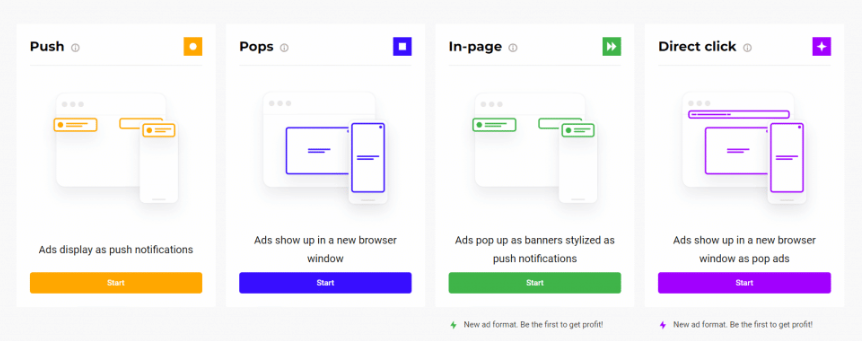
2. Integration with Other Channels
Push ads will increasingly integrate with other marketing channels like email, SMS, and social media. This omnichannel approach will ensure consistent messaging across platforms, providing a seamless user experience and higher conversion rates.
3. Smarter Automation
Automated push notifications will become more intelligent, triggered by user actions or even predictive analytics. This will allow advertisers to send timely, contextually relevant notifications without manual intervention, enhancing user experience and improving campaign efficiency.
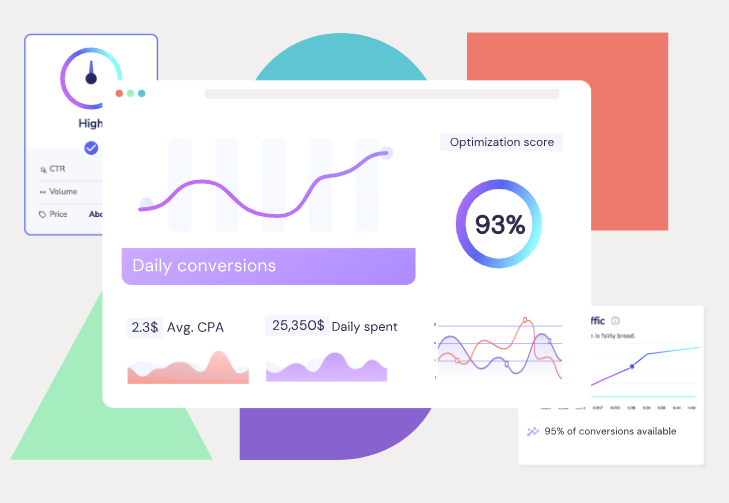
4. Rich Media Push Notifications
The future will see more advanced push notifications with richer content, such as videos, interactive elements, or dynamic content. These rich media notifications will boost engagement and drive conversions by providing more engaging and visually appealing content.
5. Enhanced Analytics and Optimization
Push ad platforms will offer even more advanced analytics and insights, helping advertisers better understand user behavior, optimize campaign performance in real-time, and fine-tune targeting strategies to improve ROI.
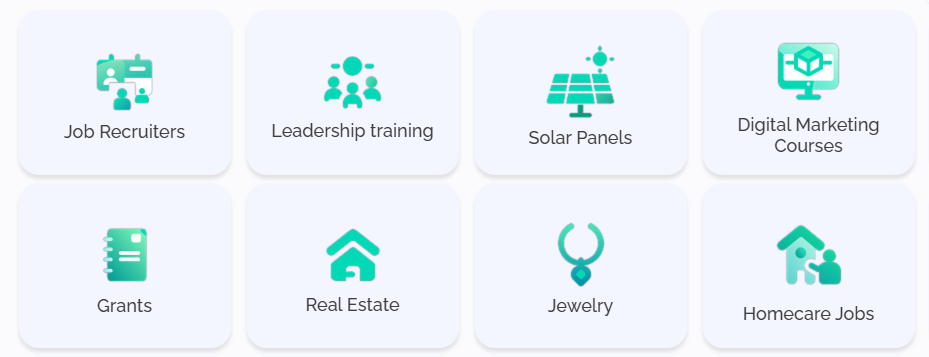
6. Privacy-First Advertising
With increasing concerns around data privacy, future push ads will likely feature more transparent consent processes and greater emphasis on user control over what they receive. Advertisers will need to balance personalization with respect for user privacy to maintain trust and comply with regulations like GDPR.
7. Cross-Device Reach
Push ads will become more effective across multiple devices (smartphones, desktops, smartwatches, etc.). As users increasingly interact with various devices, advertisers will need to create push ad campaigns that are adaptable and optimized for different screens, ensuring broader reach.
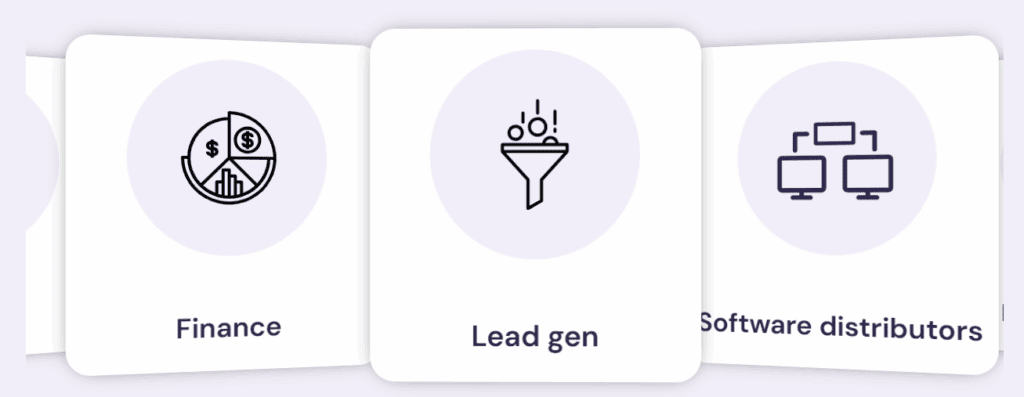
8. AI-Powered Push Ads
As AI continues to advance, it will help advertisers predict user intent and behavior more accurately. This will lead to even more sophisticated targeting and the ability to deliver the right message at the right time, increasing the chances of conversion.
Final Verdict
Push ads are a powerful and cost-effective tool for advertisers, offering high engagement and real-time visibility.
They allow for personalized targeting and retargeting, making them effective in driving conversions. The future of push ads is bright with advancements in personalization, automation, and richer content.

As technology evolves, push ads will become even more integrated across channels and devices.
To succeed, advertisers will need to balance personalization with privacy, ensuring transparency and optimizing campaigns for the best results.
Frequently Asked Questions
1. How do push ads work?
They send targeted notifications to opted-in users based on their behavior, preferences, and demographics.
2. Why use push ads?
They offer high engagement, low cost, real-time delivery, and are great for driving traffic and conversions.
3. Are push ads effective for all businesses?
Yes, they work for a variety of businesses, especially e-commerce, apps, and SaaS.
4. How do I get users to opt-in?
Offer incentives like discounts or exclusive content to encourage opt-ins.
5. Can push ads be automated?
Yes, push ads can be automated based on user actions like cart abandonment.
